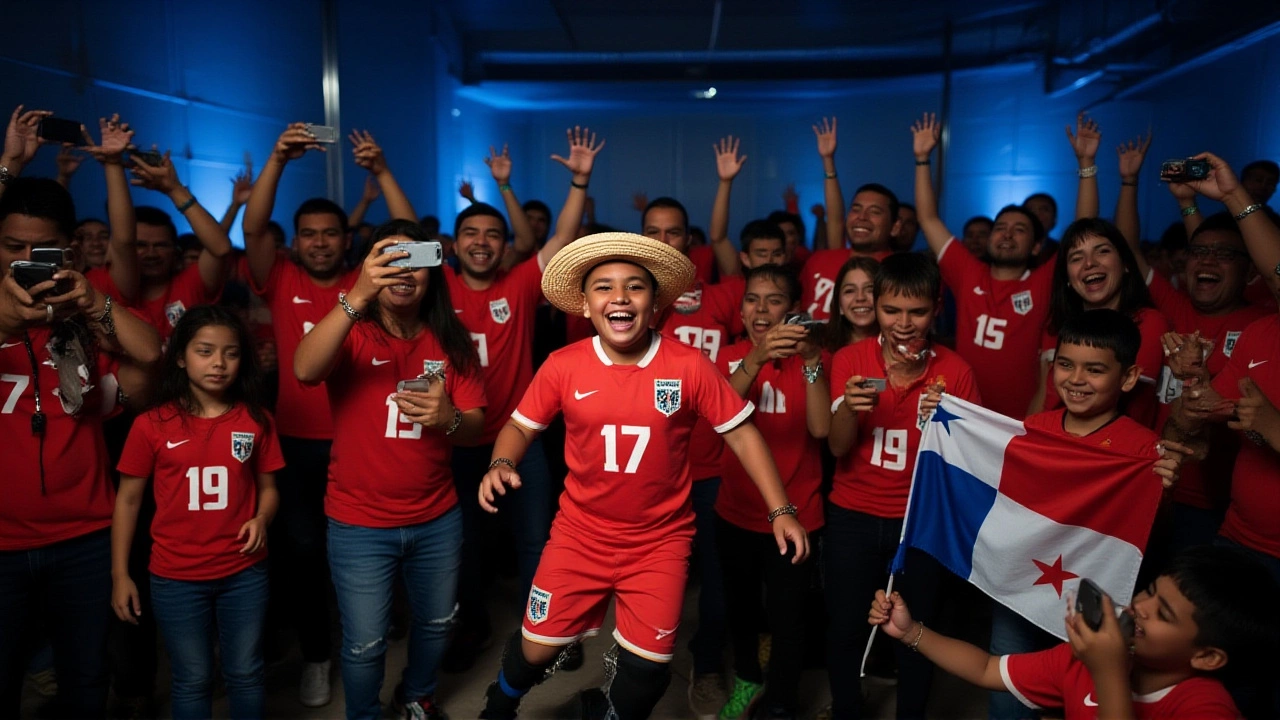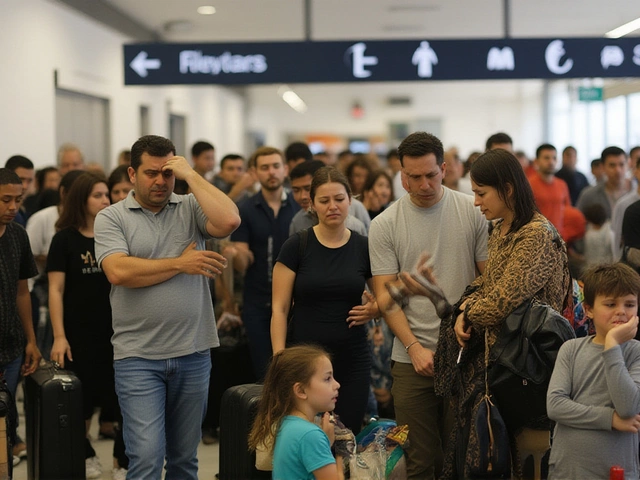When the first wave of COVID-19 hit Latin America in March 2020, the Norwegian Refugee Council (NRC) was already scrambling to protect people who had nowhere else to go. In just two weeks — from March 17 to March 31 — the humanitarian agency operated across five countries: Norwegian Refugee Council, Colombia, Ecuador, El Salvador, Honduras, and Panama. The region wasn’t yet drowning in cases, but the signs were terrifyingly clear: hospitals were unprepared, borders were slamming shut, and millions living in displacement were suddenly cut off from everything. Here’s the thing — these weren’t just pandemic responses. They were lifeboats for people already adrift.
The Double Crisis: Violence and Virus
In Honduras and El Salvador, the pandemic arrived on top of decades of gang violence, forced displacement, and broken institutions. UNHCR’s March 2020 factsheet noted that thousands had fled their homes not for economic reasons, but because their neighborhoods were controlled by armed groups. Then came the virus. No one knew how it would spread in overcrowded shelters or informal settlements with no running water. By March 12 — five days before the NRC’s reporting period even began — El Salvador had already shut its borders, despite having zero confirmed cases. It was a preemptive strike, desperate and bold. The CALP Network later called it one of the first examples in the region of a government willing to experiment with humanitarian cash assistance as a shield against collapse.Humanitarian Lifelines in the Dark
The NRC didn’t have the luxury of waiting for data. They moved on instinct and urgency. Their situation report, later published on ReliefWeb, documented people assisted — food parcels, hygiene kits, shelter repairs, legal aid for those fearing deportation — but didn’t publish exact numbers. Why? Because in places like rural Panama or the border zones of Ecuador, counting people was nearly impossible. Many were undocumented. Others were hiding. And in Colombia, where over 7 million people were internally displaced, the system was already buckling. The NRC worked with local partners to distribute soap, handwashing stations, and information in indigenous languages. In some communities, they used radio broadcasts. In others, they sent volunteers door-to-door on motorbikes. It was low-tech, high-touch aid. And it was all they had.Funding Gaps and the Hidden Toll
By July 2020, the scale of need became undeniable. Colombia’s Humanitarian Response Plan, led by the UN and supported by donors, requested $329.4 million. Only $140 million had been funded. That left $189.4 million still missing — enough to feed 1.2 million people for six months. Meanwhile, Ecuador was becoming a grim benchmark. Though the NRC’s March report predated the surge, later data from EASO showed Ecuador had the highest death rate per 100,000 people in Latin America. And that number? Experts believe it was a fraction of the truth. Hospitals ran out of oxygen. Bodies piled up in parking lots. The NRC’s early efforts in Quito and Guayaquil were critical, but they were drops in an ocean.Cash, Not Just Supplies
One of the most significant shifts during this period was the move toward Cash and Voucher Assistance (CVA). In El Salvador, Honduras, and Panama, governments and NGOs began distributing digital vouchers or mobile money instead of physical goods. Why? Because it gave people dignity. It let them choose what they needed most — medicine, food, rent. The CALP Network documented this as a turning point. For the first time, humanitarian aid wasn’t just about what donors thought people needed. It was about listening. And it worked — in places where it was implemented, families reported less stress, better nutrition, and fewer instances of exploitation.
What Happened Next
The NRC’s March 2020 report was a snapshot — a quiet moment before the storm. By May, Colombia was reporting over 1,000 new cases in a single day. Migration systems collapsed. The EASO report later found that applications from Hondurans seeking asylum in Europe jumped 22% as people fled worsening conditions. Meanwhile, in Mexico and Panama, refugee camps became hotspots. The NRC’s early work laid the foundation for what came after: mobile clinics, psychosocial support for children who lost caregivers, and legal aid for those detained under emergency powers. But none of it would have been possible without those first two weeks — when the world was still pretending this was a temporary crisis.Why This Still Matters
Today, we think of the pandemic as something that’s over. But for millions in Latin America, the fallout is still unfolding. Schools closed for years. Livelihoods vanished. Displacement didn’t stop — it accelerated. The NRC’s March 2020 report wasn’t just about COVID. It was about the fragility of systems that were already broken. And it showed that when governments act early — like El Salvador did — lives are saved. But only if aid keeps coming.Frequently Asked Questions
How many people did the Norwegian Refugee Council assist during March 2020 in Latin America?
The NRC’s Situation Report for March 17–31, 2020, confirmed assistance was delivered across five countries but did not publish exact figures. Based on later evaluations and regional scaling, experts estimate at least 150,000–200,000 individuals received critical aid — including hygiene kits, cash transfers, and shelter repairs — though many more were reached indirectly through community outreach and radio campaigns.
Why did El Salvador close its borders before any COVID-19 cases were confirmed?
El Salvador acted preemptively on March 12, 2020, fearing that porous borders and overcrowded urban centers would accelerate transmission. The government, advised by public health experts and humanitarian partners, prioritized containment over economic cost. This decision, later praised by the CALP Network, allowed the country to implement cash assistance programs before the virus overwhelmed its health system — a rare success story in the region.
What made Colombia’s humanitarian funding gap so severe?
Colombia’s $329.4 million funding gap stemmed from its massive internal displacement crisis — over 7 million people already displaced before the pandemic. The surge in demand for shelter, food, and medical care overwhelmed donors. Only $140 million was secured by July 2020, leaving critical gaps in health services for vulnerable groups like Afro-Colombian and indigenous communities, who had the least access to formal aid networks.
How did Cash and Voucher Assistance improve outcomes in these countries?
CVA allowed recipients to prioritize their own needs — whether medicine, food, or rent — reducing dependency on aid queues and preventing exploitation. In El Salvador and Honduras, digital vouchers cut delivery times by 60% compared to physical goods. Families reported improved nutrition and reduced stress, while local economies benefited from increased spending in small markets.
Was Ecuador’s death toll really higher than reported?
Yes. According to EASO and later WHO analyses, Ecuador’s official COVID-19 death count in early 2020 was significantly underreported due to overwhelmed morgues and limited testing. Excess mortality data — comparing total deaths to historical averages — suggested the true death toll was 3 to 5 times higher than official figures, especially in Guayaquil, where bodies were left on streets in April 2020.
What legacy did the NRC’s March 2020 response leave behind?
The NRC’s rapid deployment set a precedent for integrating humanitarian cash aid into pandemic responses across Latin America. Their collaboration with local NGOs proved that decentralized, community-led models work better than top-down aid. Many of the CVA systems launched in March 2020 are still in use today — now adapted for climate disasters and economic shocks — proving that speed and dignity in aid delivery are not luxuries, but necessities.





